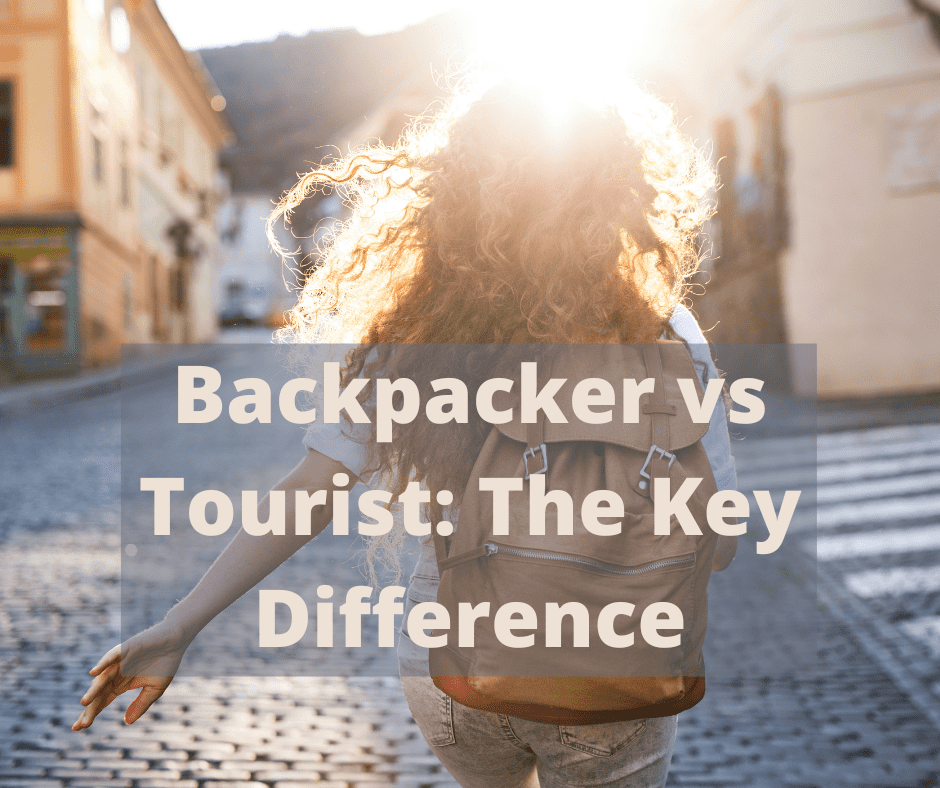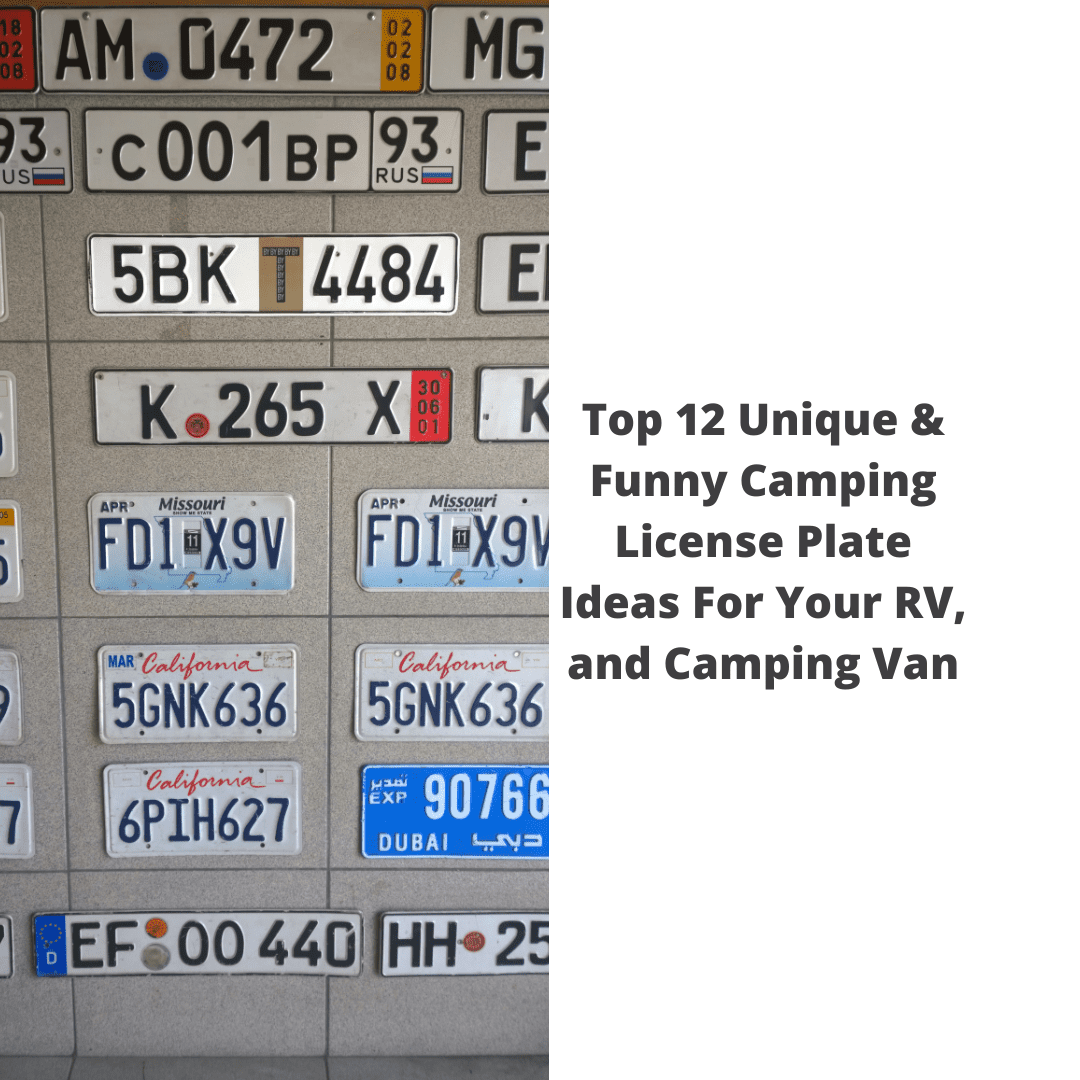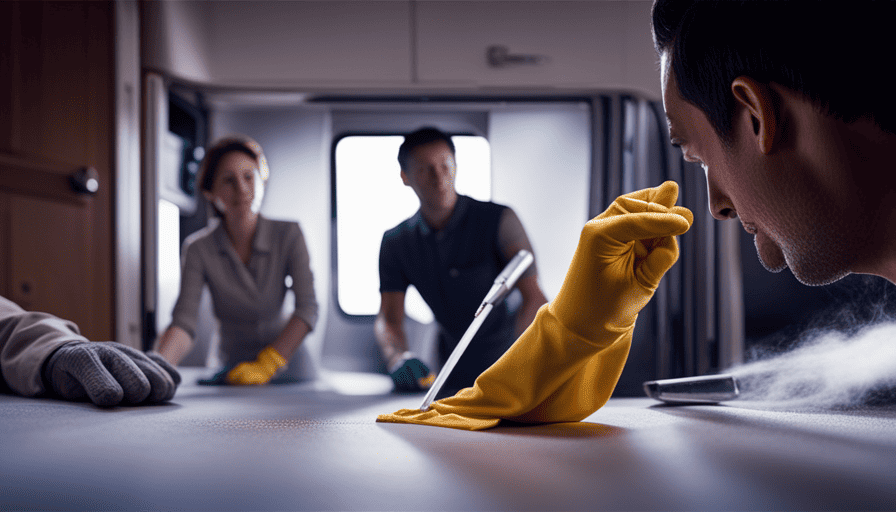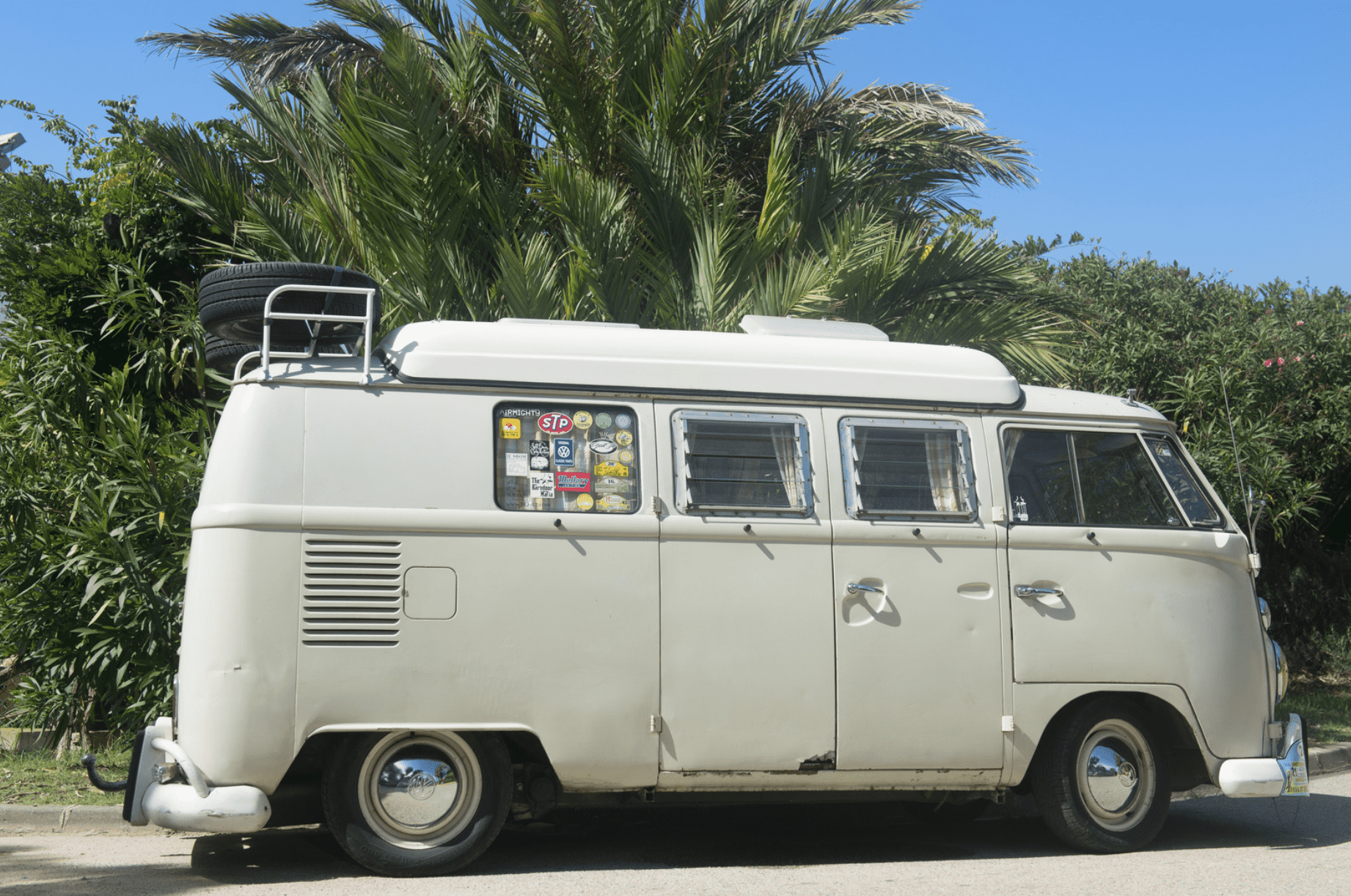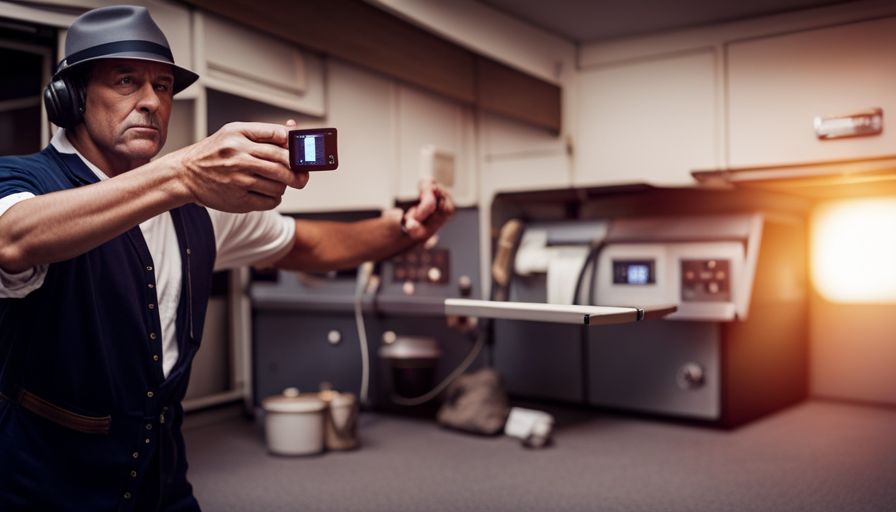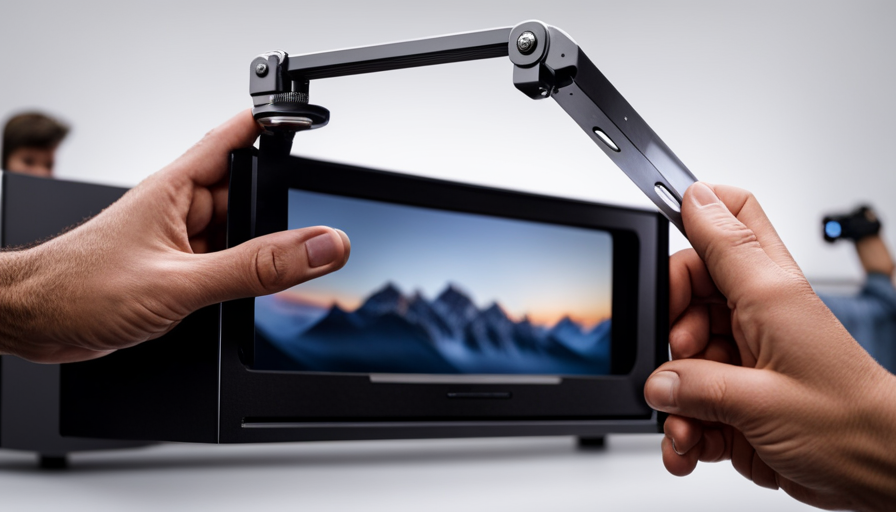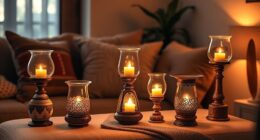Backpacker vs. Tourist – Have you ever thought about the difference between a backpacker and a tourist? Although these terms are often used interchangeably, there is a fundamental distinction between the two. A backpacker is someone who travels to unfamiliar places with the goal of experiencing the local culture and lifestyle, stepping out of their usual environment.

On the other hand, a tourist goes to new places for pleasure and relaxation. So which one are you?
Backpacker vs Tourist
Backpackers are people who travel to experience different cultures, whereas tourists go for pleasure and relaxation. So if you’re looking to immerse yourself in another culture, a backpacker is the way to go. But if you just want to take a break from your usual routine and see some new sights, tourists will suit you just fine.
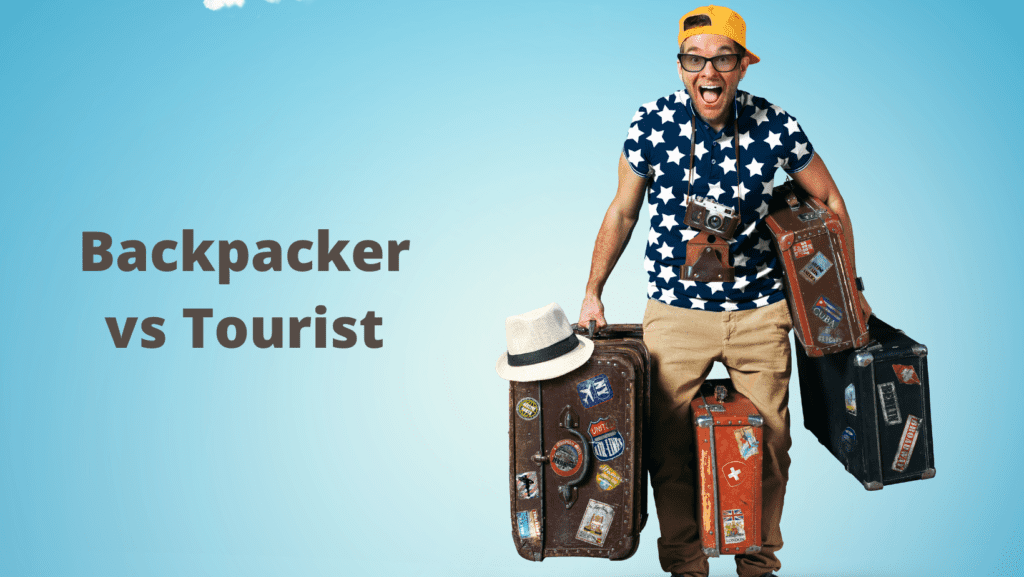
Local Food
Tourists and backpackers often have different ideas about what constitutes “good” food. For tourists, the emphasis is often on finding familiar dishes in unfamiliar surroundings. They may want to try local specialties, but only as an adjunct to their usual diet.

Backpackers, on the other hand, often see food as one of the main reasons for travel. They may be more adventurous eaters, willing to try anything once. And they’re often interested in seeking out authentic local dishes, even if they’re not particularly appetizing to the average tourist. This difference in approach can lead to tension between tourists and backpackers, especially when it comes to choosing restaurants or street food vendors.
However, it can also be a source of mutual respect, as each group learns to appreciate the other’s approach to food.
Restaurants Serve Authentic Local Food
While the terms are often used interchangeably, there are some significant differences between backpackers and tourists. For one thing, backpackers tend to travel for longer periods of time and often go off the beaten path in search of new experiences.
They may stay in hostels or campgrounds, and they are typically more interested in learning about the local culture than sightseeing. In contrast, tourists usually travel for shorter periods of time and stick to more popular destinations.
They often stay in hotels and focus on taking photos of famous landmarks. When it comes to food, both backpackers and tourists want to try local specialties.
However, backpackers are more likely to seek out authentic street food, while tourists are more likely to stick to restaurants that serve familiar dishes. Regardless of their approach to travel, both backpackers and tourists can enjoy the many delicious culinary offerings that can be found around the world.
Live Changing Food
As a traveler, I’ve had the opportunity to eat at some of the world’s most highly acclaimed restaurants. And while I’ve certainly had some unforgettable dining experiences, I’ve also been disappointed on more than one occasion. In my experience, the difference between a good restaurant and a great restaurant is often the clientele.
A truly exceptional eatery will always have a mix of locals and tourists, while a mediocre establishment will be full of tourists who are looking for an “authentic” experience. The truth is, when it comes to food, locals always know best. So next time you’re looking for a great meal, be sure to check if the place has any locals dining in it. Chances are if it does, you’re in for a treat.
Backpacker vs Tourist: The Key Difference
Tourists and backpackers share a love of travel, but there are some key differences between the two. Tourists typically stay in hotels and follow a set itinerary, while backpackers often opt for hostels or camping and prefer to wing it.
Backpackers are also more likely to immerse themselves in the local culture, while tourists tend to stick to familiar surroundings. As a result, tourists can end up feeling like they’re just scratching the surface of a new place, while backpackers often come away with a richer understanding of the culture and its customs.

Tourists are the enemy of the backpackers trudging through crowded airports and stuffy bus stations. They’re the people who just visit a place for pictures, hotels, and cheesy restaurants. They stick to the beaten path, take big bus tours, and never bother to interact with the locals. In short, they’re everything that backpackers strive not to be.
To the backpacker, real travel is about immersing oneself in a new culture, learning its language and customs, and forging connections with its people. It’s about getting off the beaten path and finding those hidden gems that only locals know about. And it’s certainly not about snapping selfies in front of tourist traps. So next time you see a backpacker rolling their eyes at a group of tourists, now you’ll know why.
What exactly is the difference between a backpacker and a tourist? To many, backpackers are simply cheap tourists, young people who are traveling on a tight budget and looking for nothing more than a place to sleep and party.
However, there is much more to being a backpacker than just saving money. Backpackers are true travelers, exploring the world for cultural experiences, meeting locals, and immersing themselves in far-off lands. They want to learn about the world and discover its unknown secrets and connections.
Standard Attractions and Comfortable Hotels
Unlike tourists who often stick to well-known attractions and comfortable hotels, backpackers are willing to venture off the beaten path in order to have a truly authentic experience. Whether it’s sleeping in a local’s home or taking an unpopular hiking trail, backpackers are always looking for new ways to explore the world around them.

Of course, there’s no right or wrong way to travel – it all comes down to what you’re looking for. If you’re after an authentic experience, then ditch the hotel and hit the streets like a backpacker. But if you’re just looking to relax and see the sights, then go ahead and book that resort – you’re on vacation, after all!
So next time you meet a backpacker, don’t write them off as just another cheap tourist – they just might be one of the world’s true explorers.
“Dirty,” “lazy,” “smelly,” and “stupid”
I’ve been backpackers called tourists and tourists called backpackers plenty of names. “Dirty,” “lazy,” “smelly,” and “stupid” are a few of the more tame terms I’ve heard. Backpackers, on the other hand, are seen as hardy, competent, and intrepid souls who are unafraid to tackle any challenge.
This image is perpetuated by the fact that many backpackers have actually given up their comfortable lives at home to live on the road. Surely, these people must be better than those who have never left their home country. They’re not afraid of new experiences! They don’t need the comforts of home! They’re strong and resourceful!
Backpackers Are Not Better than Tourists
All of this may be true, but it doesn’t make backpackers better than tourists. To think so is incredibly arrogant and short-sighted. For one thing, not all tourists are wealthy jet-setters who stay in five-star hotels and never leave the resorts. Many tourists are working holidaymakers who are just trying to see as much of the world as they can on a limited budget. And what about people
I always found this distinction a bit ironic since so many backpackers, while talking down about “tourists,” carry their Lonely Planet, visit the same cities and stay at the same hostels, and stick to the same path that was laid out before them by the backpackers who came before. In fact, I would argue that most backpackers are tourists, in the traditional sense of the word.
Stay in The Resort All the Time
I remember when I was in Thailand, there were these two old white guys that would just sit by the pool at their resort all day, every day. They never left the property. They’d just get up, put on their trunks, sit in their plastic chairs, and drink beers. They never tried Thai food. They never talked to any of the locals. They just sunbathed and read books. And I just thought to myself, “Why bother coming here? You might as well have stayed home.”
If you’re going to travel to a new country, you should at least try to learn about the culture and try the local food. That’s how you really experience a place. By immersing yourself in it and interacting with the people who live there. Otherwise, you’re just wasting your time and money.
See the “Real” Country
I often get asked where to go to see the “real” country, and I always say that there is no such thing – every part is equally real. The best way to learn about a place is to live there for a while.

Rent an apartment, get a job, and immerse yourself in the local culture. You’ll quickly discover that there is no such thing as a “real” country – every corner of the world has its own unique blend of customs and traditions. And that’s what makes travel so rewarding: getting to know a place through its people.
So next time someone asks you where to go to see the “real” country, tell them that the best way to find out is to experience it for themselves.
We Are All Tourists
I’m not a huge fan of package tours. I prefer to travel independently, making my own plans and arrangements. That doesn’t mean, however, that I think I’m better than people who take tours. I believe that there is no one “right” way to travel. What matters is that we explore the world and experience new cultures.
For some people, that means taking a tour. They may not have the time or the inclination to plan their own trip, and a tour provides a convenient and hassle-free way to see the sights. For others, independent travel is the only way to go.

They want the freedom to do as they please, without being tied to a group or a schedule. In the end, it doesn’t really matter how we travel, as long as we’re able to see the world and learn from other cultures. So let’s put an end to the backpacker/tourist debate. The important thing is that we travel.
They travel to foreign places with the intent of sightseeing and experiencing new cultures. And while there is nothing wrong with that, I do think it’s important, to be honest about what you’re doing.

If you’re just following the same path that has been trodden by countless other travelers before you, then you’re not really seeing the world in your own way. You’re just going through the motions. And for me, that’s not what travel is about.

